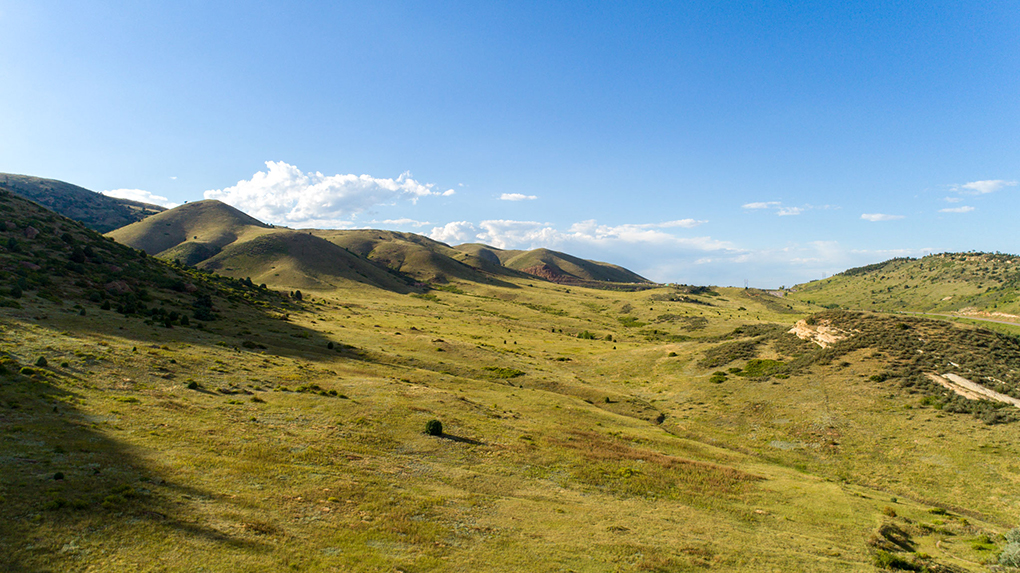Destinations and airport shuttles in Punta Cana 2023: In the hustle and bustle of making plans, Punta Cana airport transfers are often ignored. It is simple to overlook that you still should get throughout city to your hotel or residence until it is time to do it all over again once you have cleared customs. Taxis are a nice way to travel in airports, but availability may be limited and there could be no assure that drivers will be succesful of communicate any international language. Rates can differ, and familiarity with the world can result in broken conversations about what to do. It may be very irritating. Most of the passengers who fly into the airport book native routes to resorts and apartments within the area, but we additionally function our shuttle Punta Cana airport on the following routes: Punta Cana to La Romana and Bayahibe, Punta Cana to Santo Domingo, Punta Cana to Puerto Plata, Punta Cana to Samana. See additional info at Punta Cana shuttle from airport. Comfort And Safety: There are different types of automobiles within the fleet. Customers can find their transfers right here. If you prefer to travel alone or in groups, we can help. We are always focused on security. The coverage of civil liability insurance is 1 million US dollars. Custom assistant at the airport, Meet & Greet service, VIP lounge at the airport, Fast pass through customs and passport control.
El Cortecito is another popular beach, and it’s also convenient as it abuts the Bávaro-Punta Cana downtown district of restaurants, grocery stores, gift shops and more. Travelers will find this small beach directly north of Playa Bávaro. Arena Gorda is the next beach, north of El Cortecito, and its wide sands and shallow waters make it a favored spot among families with young kids in tow. Others say it’s a wonderful place for a long walk. Keep in mind that much of the beach is backed by large resorts, but there is a public access point along the Ocean Blue & Sand service entrance.
Manati Park, founded in 1996, was the very first theme park in the Dominican Republic. It’s a place where visitors can enjoy five amazing shows and discover more than 150 species of animals, including sea lions, manta rays, horses, and parrots. Through several education and investigation projects, Manati Park aims to preserve nature and all of the species in the park. Another fun activity to try is swimming with dolphins in the Dolphin Island Park. Some lucky visitors might even steal a kiss from one of the dolphins. There are food and beverage facilities in Manati Park as well as two beautiful natural wells in which visitors can enjoy a relaxing soak.
Blue Lagoon in Punta Cana is one of the most searched tourist attractions here at Punta Cana Travel Blog. It is one of the top things to do while on vacation in Punta Cana and shouldn’t be missed during your holiday. If you want to know why, just check out the photos and you will see these incredible blue colors, which seem too good to be true. But this crazy azure color indeed is reality, so make sure you don’t miss swimming in this crystal-clear water hole, which is fed by a subterranean river. Blue Lagoon, also known as Hoyo Azul, is located at Scape Park Cap Cana, a tropical amusement park in the southern area of Punta Cana. It is not possible to visit Blue Lagoon as an individual attraction. You need to purchase a full-day ticket for Scape Park Cap Cana* to gain access to Hoyo Azul. This makes it a bit pricey to visit this amazing place, but it’s well worth it as it is one of the must-sees in Punta Cana. Furthermore, Scape Park Cap Cana comes with many other attractions such as the amazing water splash Zipline and some beautiful artificial waterfalls, so you can have a full day of fun in this theme park with its focus on water adventures and tropical feeling.
The basilica is free to enter, though donations are encouraged. If you visit the church as part of a Punta Cana tour group, your entrance donation will likely be covered. Basilica Catedral Nuestra Señora de la Altagracia is located about 30 miles west of Punta Cana, so you’ll need to take a taxi or rent a car if you’re planning a visit. Luckily, there are also plenty of visitor-friendly activities in the surrounding Higüey area, as the city offers many restaurants, shops and historic sites. Hours vary by day, so be sure to consult the church website when planning your visit. You can also learn more about the history of this church on the Dominican Republic’s tourism website.
Bávaro Adventure Park was created in 2011 when a group of friends and partners in the Dominican hotel industry realized that there were not many adventurous and entertaining activities offered for tourists. They wanted to create something different, exciting, and eco-friendly at the same time. Each attraction they offer has well-trained and certified staff, geared specifically toward individual visitors and their wishes. Most packages include transportation from and to the hotel. Visitors can jump up to 32 feet (10 meters) in the trampoline area, climb onto a pirate ship, or ride a mountain bike through a remote area of Bavaro. Activities to be added on the package can be chosen upon arrival. Find more info at https://puntacana.vip/.










